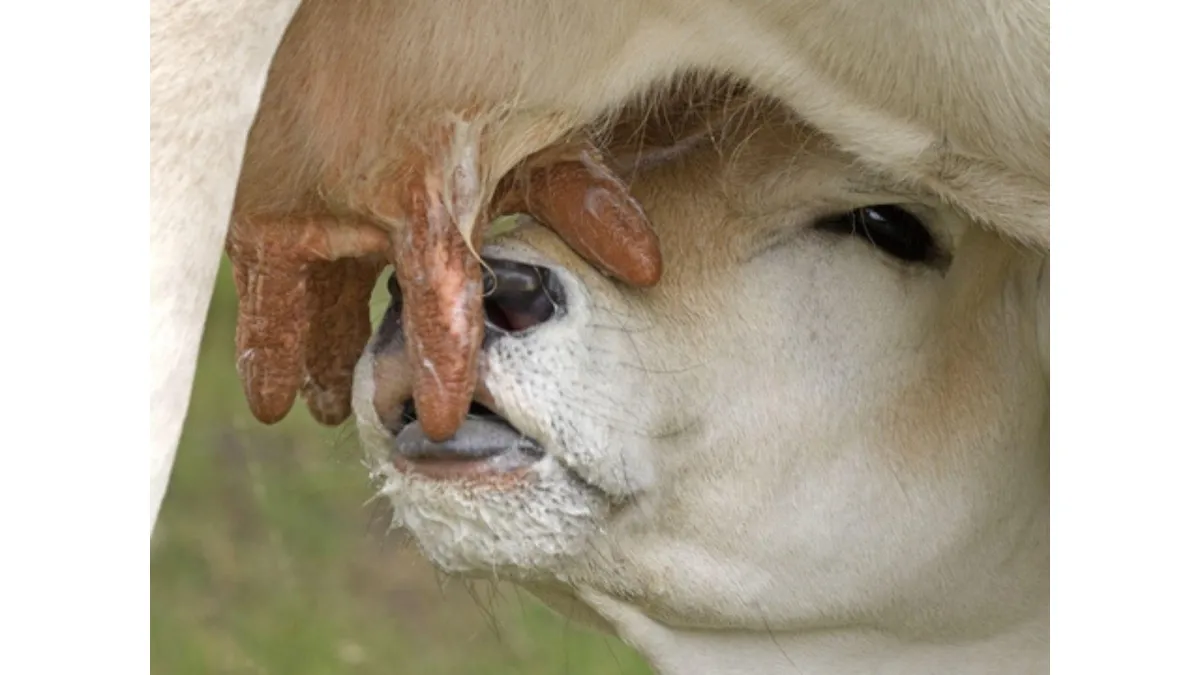
Metabolic Diseases - Hypocalcaemia
Milk fever (or hypocalcaemia) in cows
Milk fever in beef and dairy cows occurs most often in high-producing older cows within 48 hours of calving, but it can occur several weeks before or after calving.
Ironically predisposing factors include high calcium or phosphorus in the diet in late pregnancy.
Feeding acid or anionic salts in the weeks before calving can help prevent the disease.
Affected cows are often just found down, characteristically with the head swung round beside the body.
Early signs can include reduction of appetite with a preference for roughage, a drop in milk production, reluctance to move and after a few days ‘drunken’ behaviour, walking in circles aimlessly, with vigorous licking, great anxiety and trembling.
Commonly, dairy cows develop a mild form of the disease, in which the only signs are a drop in milk production and infertility problems. This has recently been called the “sad cow syndrome”.
Milk fever (or hypocalcaemia) in ewes
In ewes, milk fever occurs in older ewes in the weeks around lambing (from 6 weeks before to 8 weeks after lambing).
The disease is often brought on within 24 hours of sudden stress. This might be yarding, transportation, forced exercise, very bad weather or insufficient feed.
Sometimes a sudden change of feed, eg a move to a lush pasture, will trigger outbreaks.
The signs are restlessness, trembling, staggering, depression and recumbency.
It is characteristic to find ewes down on their chest (rather than on their side) with their hind legs extended out behind them, and head down and extended forward.
There may be a discharge from the nose, they may become bloated and they usually abort dead lambs.
Affected ewes may just be found dead.
Treatment
Treatment of milk fever is by injection of calcium solutions at the first sign of problems.
Want to know more about keeping and breeding livestock?
Our online courses on cattle breeding and sheep breeding cover everything from preparing for mating to managing pregnancy, recognising problems, and caring for newborns.

